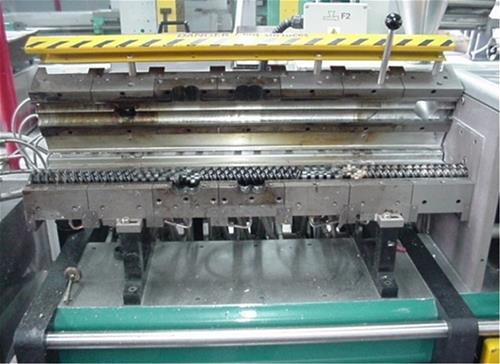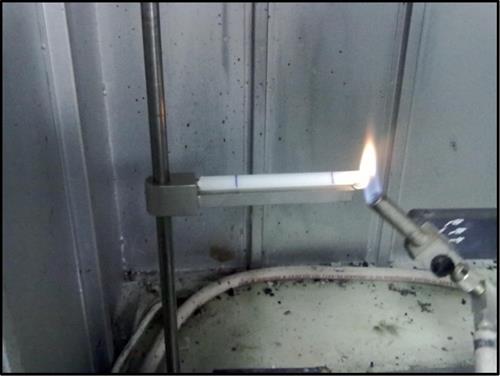Mineral-based flame retardants are used as filling material in plastics. Fillers are mostly used to reduce costs, but are used to improve or change the properties of the material they are mixed with. Mineral-based flame retardants are environmentally friendly and cost-effective additives without side effects. By enriching ore with flame retardant properties from domestic sources, adding flame retardant properties to widely used materials such as plastic will contribute to the country's economy and increase the safety of people and the environment we live in. The physical, chemical, physicochemical, and mineralogical characterization of the Turkish huntite and brucite deposits to be made within the scope of this project will be carried out by the Department of Mineral Processing Engineering at the ITU Faculty of Mines and ESAN Eczacıbaşı.
.png?sfvrsn=7384b237_0)
Fires, which are increasing day by day due to the changing ecosystem, are becoming a very important issue that affects human life and our environment. For this reason, flame retardant materials are becoming more and more important day by day. Almost all of the plastics, which are widely used in many areas in the world, are hydrocarbon-based and have the feature of burning. Flame retardant additives, on the other hand, function to control the environment and conditions that cause or increase combustion. Flame retardants reduce the temperature by destroying the oxygen in the environment or by absorbing the heat and releasing water vapor and/or carbon dioxide. Flame retardants are basically divided into two groups as reactive-based and additive-based. The interest in mineral-based flame retardants is increasing, with the tendency to decrease in consumption of halogenated flame retardants, which are in the additive-based flame retardants group, due to the harmful gases produced during combustion. In this study, it is aimed to investigate the flame retardancy properties on various plastics after the enrichment of ores with flame retardant properties.
Flame retardant additive polymers, which are used in many application areas such as automotive, electricity and textile, create great effects in the application areas they are used. Mineral-based flame-retardant additives are preferred because they do not release toxic gases. The aim of this project is to evaluate the ore deposits such as huntite and brucite in our country and to examine the use of various plastics (PE and PP) as a flame retardant. In this context, it is aimed to reduce the import of flame retardants and to produce locally sourced flame retardants.
Mineral-based flame retardants are used as filling material in plastics. Fillers are mostly used to reduce costs, but are used to improve or change the properties of the material they are mixed with. Polymer materials burn very easily and quickly, as they are compounds containing a very high percentage of hydrogen, carbon and oxygen. Flame retardants are materials that do not ignite when exposed to flame or high temperatures, and are self-extinguishing even if ignited. Mineral-based flame retardants are environmentally friendly and cost-effective additives without side effects. By enriching ore with flame retardant properties from domestic sources, adding flame retardant properties to widely used materials such as plastic will contribute to the country's economy and increase the safety of people and the environment we live in. The physical, chemical, physicochemical, and mineralogical characterization of the Turkish huntite and brucite deposits to be made within the scope of this project will be carried out by the Department of Mineral Processing Engineering at the ITU Faculty of Mines and ESAN Eczacıbaşı.

